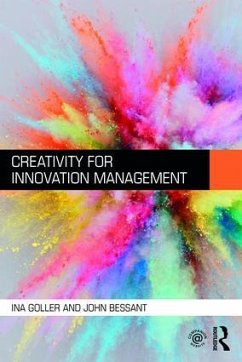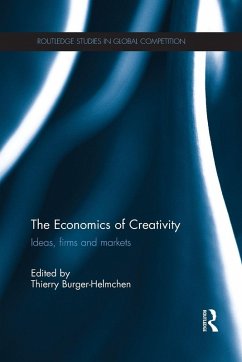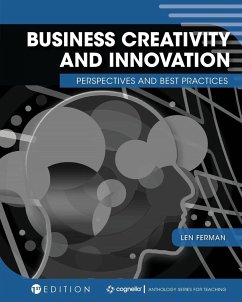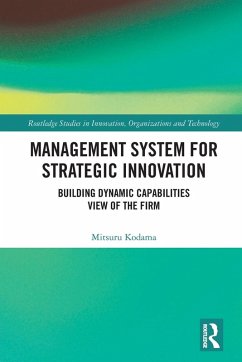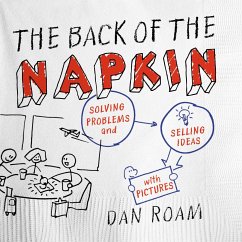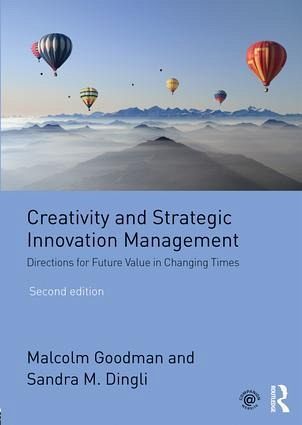
Creativity and Strategic Innovation Management
Directions for Future Value in Changing Times
Versandkostenfrei!
Versandfertig in 1-2 Wochen
62,99 €
inkl. MwSt.
Weitere Ausgaben:

PAYBACK Punkte
31 °P sammeln!
Creativity and Strategic Innovation Management was the first book to integrate innovation management with both change management and creativity to form an innovative guide to survival in rapidly changing market conditions. Treating creativity as the process, and innovation the result, Goodman and Dingli emphasise the importance of a strategic approach to management through fostering creative processes. Revised and updated for a second edition, this ground-breaking book now includes: A new section on contemporary themes in innovation management, such as the use of social media and sustainabilit...
Creativity and Strategic Innovation Management was the first book to integrate innovation management with both change management and creativity to form an innovative guide to survival in rapidly changing market conditions. Treating creativity as the process, and innovation the result, Goodman and Dingli emphasise the importance of a strategic approach to management through fostering creative processes. Revised and updated for a second edition, this ground-breaking book now includes: A new section on contemporary themes in innovation management, such as the use of social media and sustainability. More coverage of entrepreneurship, ethics, diversity issues and the legal aspects of technology and innovation management. More international cases and real life examples. The book is also supported by a range of new tutor support materials. This textbook is an ideal accompaniment to postgraduate courses on innovation management and creativity management. The focused approach by Goodman and Dingli also makes it useful as supplementary reading on a range of courses from management of technology to strategic management.







